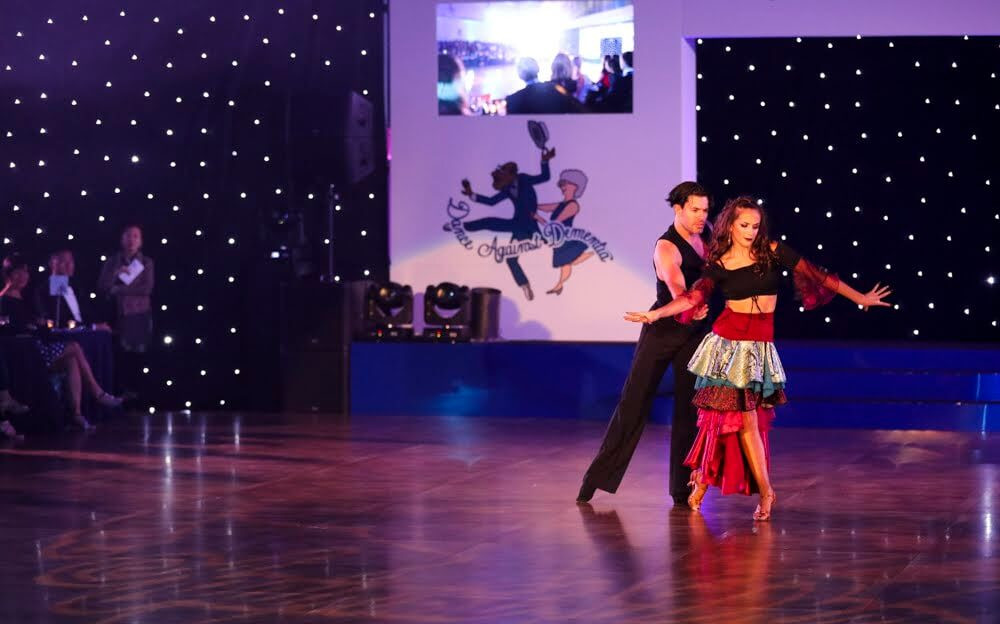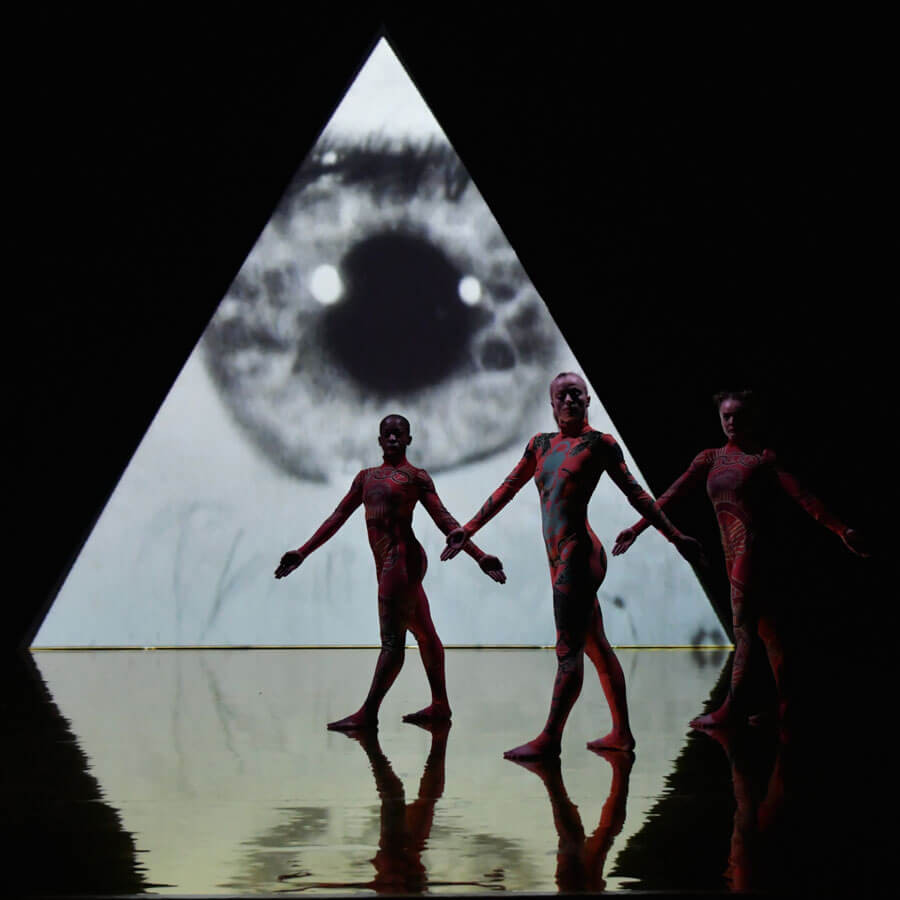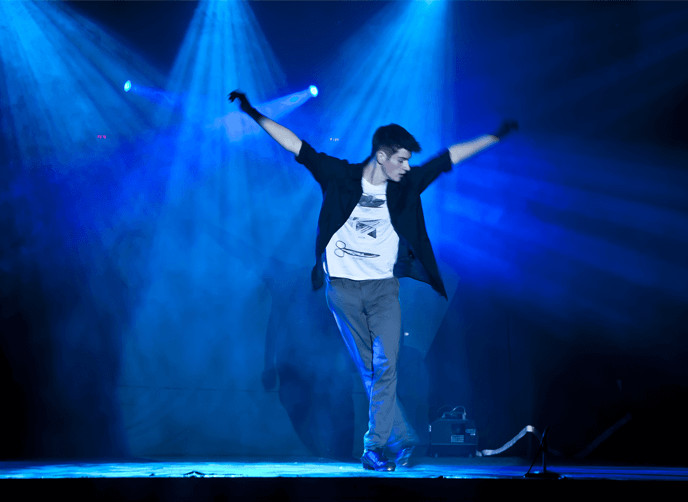Dance, a universal language expressed through rhythmic movement, has been an integral part of human culture for millennia. From ancient rituals to modern expressions, dance has evolved into a diverse array of styles, each with its unique history, techniques, and cultural significance. This article delves into a comprehensive List Of Dance Names, exploring some of the most popular and influential dance genres that have shaped the world of movement and performance. Whether you are a seasoned dancer, a curious beginner, or simply an admirer of this art form, understanding the variety of dance styles can deepen your appreciation for its rich tapestry.
Exploring Different Dance Genres: A Detailed List of Dance Names
Dance encompasses a vast spectrum of styles, each offering a distinct form of expression and physical discipline. Here’s a detailed list of dance names, outlining some of the most recognized and practiced genres worldwide:
Ballet
Ballet, originating from the Italian Renaissance courts, blossomed in France and Russia into a highly formalized concert dance. Characterized by grace, precision, and flowing movements, ballet is often performed to classical music and tells stories through choreographed steps and gestures. Known for its rigorous technique, including turnout, pointe work (for women), and aerial movements, ballet encompasses subgenres like classical, romantic, neoclassical, and contemporary ballet, each adding nuances to the core form. Ballet is a cornerstone of dance education, taught in prestigious dance schools globally, emphasizing discipline and artistry.
 Ballet dancers in performance
Ballet dancers in performance
Ballroom Dance
Ballroom dance, a social partner dance form that emerged in late 16th-century France, has evolved into a captivating performance and competitive style. Often used as a general term for partner dancing, ballroom is categorized into two primary styles: Standard (Smooth) and Latin (Rhythm). Standard dances like Waltz, Tango, and Foxtrot emphasize elegance and flowing movements, while Latin dances such as Pasodoble, Bolero, and Samba are characterized by their energy and rhythmic expression. Ballroom dancing is a popular competitive dance form, known as dancesport, with events held worldwide. Its versatility requires specialized dance floors that accommodate both smooth gliding and sharp, rhythmic steps.
 Ballroom dancers in a competitive setting
Ballroom dancers in a competitive setting
Contemporary Dance
Emerging in the mid-20th century, contemporary dance is a dynamic and expressive genre that draws inspiration from classical ballet, modern, and jazz dance. It is celebrated for its freedom of movement and its emphasis on emotional expression through the body. Contemporary dance techniques often incorporate elements like contract and release, fall and recovery, and floor work, leading to unpredictable shifts in tempo and rhythm within performances. This style demands a resilient dance surface that can absorb impact and support the dancers’ dynamic movements and varied floorwork.
 Contemporary dancer in a dynamic pose
Contemporary dancer in a dynamic pose
Hip Hop Dance
Hip hop dance, a vibrant and energetic style, originated from street dances developed alongside hip hop music and culture in the early 1970s in New York and California. Rooted in Funk and breakbeat music, hip hop encompasses various styles like Breaking, Locking, and Popping, with newer styles such as Memphis Jookin’, Turfing, Jerkin’, and Krumping emerging and gaining popularity through music videos and social media. Often improvisational and performed in diverse settings, from outdoor spaces to dance studios, hip hop dance encourages creativity and self-expression, frequently seen in competitive dance battles.
 Hip hop dance crew performing
Hip hop dance crew performing
Jazz Dance
Jazz dance, with roots tracing back to 17th-century African traditions brought to the Americas, flourished in early 20th-century jazz clubs. Known for its improvisational nature and dramatic bodily movements, jazz dance evolved alongside jazz music, incorporating African American vernacular dance styles. Popular jazz dances include Swing, Lindy Hop, Shimmy, and Charleston, characterized by their syncopated rhythms and expressive freedom. Jazz dance is versatile and energetic, requiring a dance floor that supports a wide range of movements, from sharp isolations to fluid transitions.
 Jazz dancers in mid-air jump
Jazz dancers in mid-air jump
Tap Dance
Tap dance is a percussive dance form distinguished by the rhythmic sounds created by tap shoes striking the floor. Tap dancers wear shoes fitted with metal taps on the heel and toe to amplify the sound, turning their feet into instruments. Often featured in musical theatre, tap dance emphasizes choreography, formations, and rhythmic complexity. Various tap styles exist, including flamenco, rhythm tap, classical tap, Broadway tap, and postmodern tap, each with unique rhythmic and stylistic nuances. The percussive nature of tap dance necessitates a specialized floor that provides a crisp, clear sound and protects dancers’ joints.
 Tap dancers performing in unison
Tap dancers performing in unison
Folk Dance
Folk dance, a broad category encompassing traditional dances from various cultures worldwide, serves as a powerful expression of cultural identity, storytelling, and communal celebration. Folk dances often portray emotions, historical narratives, or aspects of daily life and are performed by people of different backgrounds and skill levels. Examples include Bharatanatyam from India, Samba from Brazil, and Hula from Hawaii. Many cultures have diverse folk dance traditions for specific events, such as war victories, harvests, or religious ceremonies. Folk dances are commonly performed at public events, fostering community participation and cultural exchange.
 Folk dancers in traditional attire
Folk dancers in traditional attire
Irish Dance
Irish dance, originating in Ireland, is a vibrant and energetic traditional dance form known for its intricate footwork and formations, popularized globally by shows like Riverdance. Traditionally accompanied by music and singing, Irish dance events often feature competitions and talent showcases at festivals. While group performances are common, solo Irish dances like stepdance are also widely recognized and practiced. Irish dance emphasizes precise foot movements, upright posture, and dynamic rhythms, often performed on specialized sprung floors to support dancers’ agility and prevent injuries.
 Irish dancers in Riverdance style
Irish dancers in Riverdance style
Modern Dance
Modern dance, emerging in the late 19th and early 20th centuries in Western countries like the USA and Germany, represents a departure from the rigid structures of classical ballet. It prioritizes a dancer’s personal interpretation of music and emotions over set steps and techniques. Initially a rebellion against ballet’s limitations, modern dance emphasizes freedom of expression, natural movements, and emotional depth. Dancers explore unconventional movements to convey stories and feelings, enjoying a broad spectrum of styles and interpretations within this genre. Modern dance’s versatility makes it adaptable to various performance spaces and floor types.
 Modern dancer in an expressive pose
Modern dancer in an expressive pose
Swing Dance
Swing dance, a lively and social jazz dance variation, evolved in the 1920s to 1940s in response to the popularity of swing jazz music in America. The evolution of jazz music during this era spurred faster, more energetic dance styles, with swing music encouraging dynamic and rhythmic movements. Popular swing dances include Lindy Hop, Charleston, Jitterbug, and Balboa, many of which remain popular social dances today. Swing dancing is typically accompanied by upbeat big band music, creating a joyful and engaging atmosphere. Swing dance, with its energetic steps and partner work, benefits from dance floors that offer a balance of slip resistance and support for quick movements.
Alt text: Swing dancers enjoying a social dance, demonstrating the partnered and joyful nature of swing dance.
Conclusion: The Diverse World of Dance
This list of dance names only scratches the surface of the vast and vibrant world of dance. From the classical elegance of ballet to the urban energy of hip hop, each dance genre offers a unique avenue for physical expression, cultural connection, and artistic exploration. Whether you are drawn to the structured discipline of ballroom, the emotional freedom of contemporary, or the rhythmic complexity of tap, the world of dance offers something for everyone. Exploring these different dance styles can enrich your appreciation for this timeless art form and perhaps even inspire you to take your first step onto the dance floor. Consider exploring local dance studios or online resources to further delve into these captivating dance genres and discover the joy of movement.

